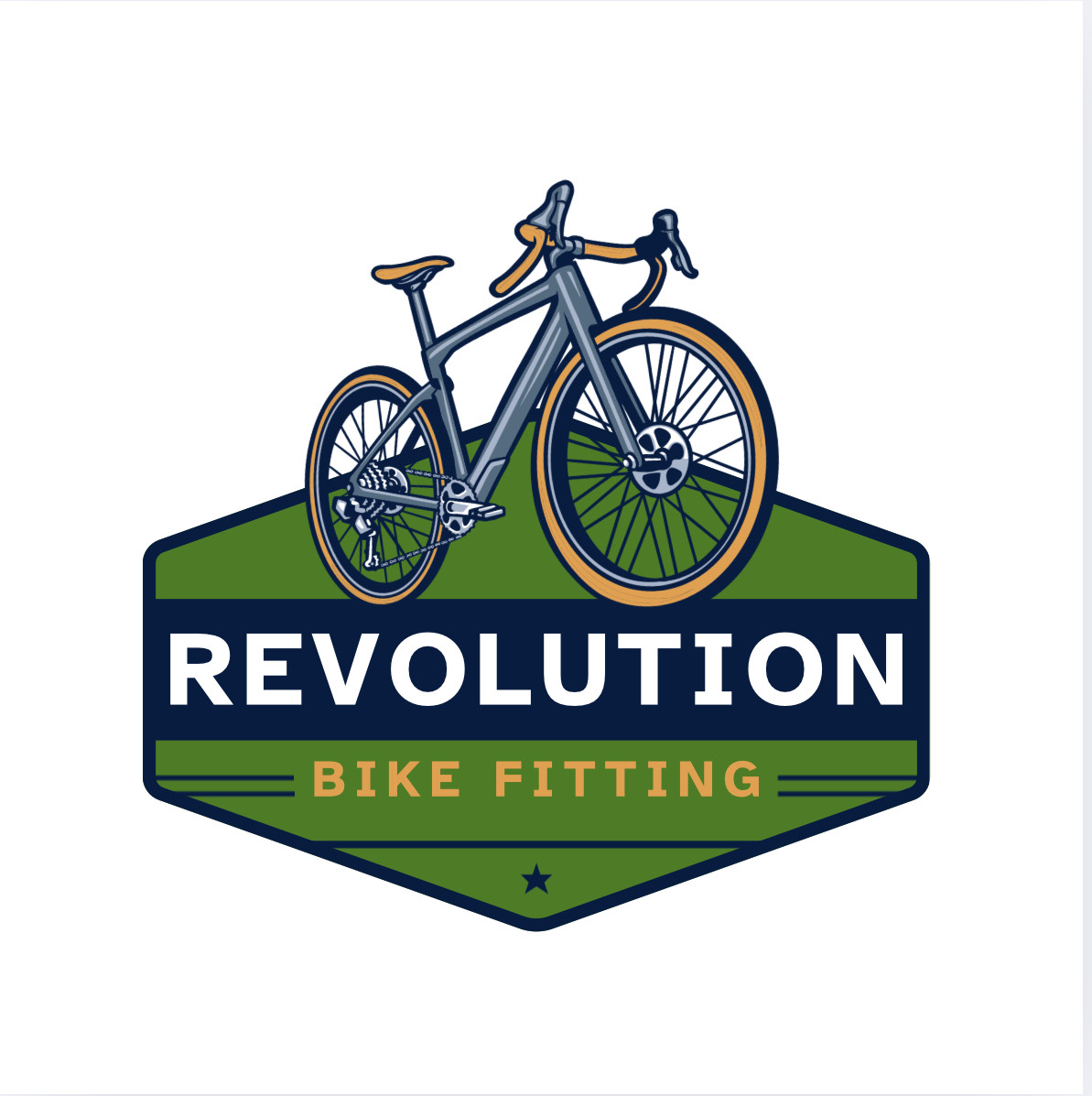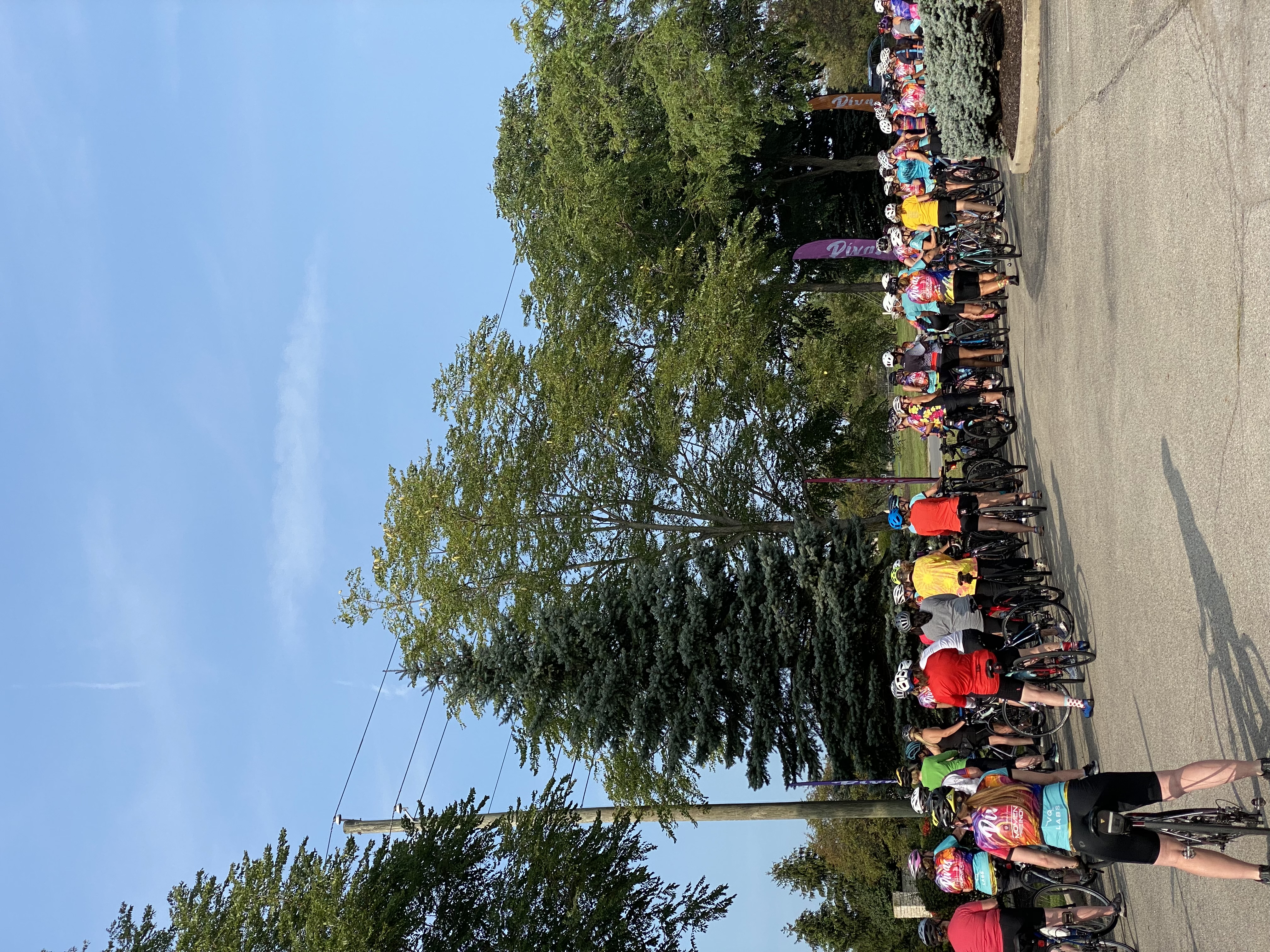
The Revolution Report #3: Bike Fitting Myths - Time to Clear the Fog
Bike Fitting Myths:
🚲 Time to Clear the Fog 🚲
Thank you for subscribing to our bi-monthly newsletter! 🎉 We’re thrilled to have you as part of our community, and even more excited to be a part of your cycling comfort and performance journey! Twice a month you can look forward to us sharing some information regarding the topics below!
🗒️ Business Updates: Stay informed about the latest news and announcements from our bike fitting business.
💪 Movement Health Tips: Get expert advice to improve your mobility, build strength, and elevate your quality of life.
🚴 Bike Fitting and Performance Education: Gain simple, practical insights into understanding your bike and why an individualized fit matters.
🙌 Community Highlights: Meet our trusted health and wellness partners and discover how they can support your goals.
📆 Workshops & Events: Be the first to know about our interactive workshops and learning opportunities to help you take charge of your health.
🚴♀️ NOW LET’S DIVE IN 🚴♂️
Business Updates:
At this time we are looking to continue to connect and grow with different cycling teams, communities and companies! If you or someone you know is looking to build a thriving partnership, email us at [email protected]!
Want to see what we can do? Check out our reviews HERE

Movement Health Tips:
🚴♂️ Why Core Strength Is Essential for Cyclists 🚴♀️
When it comes to cycling performance, most people focus on leg strength and endurance—but your core plays just as crucial a role. A strong core improves efficiency, reduces injury risk, and enhances overall ride quality. Here’s why cyclists should prioritize core training:
✅ Improved Power Transfer – Your core acts as the stable foundation for your legs to push against. A weak core can cause energy leaks, reducing power output with every pedal stroke.
✅ Better Endurance & Efficiency – A stable torso means less wasted movement, conserving energy for long rides and steep climbs. Strong core muscles help maintain posture and reduce fatigue.
✅ Reduced Back & Hip Pain – Weak core muscles lead to poor posture and excessive strain on the lower back and hips, common problem areas for cyclists. Strengthening the core helps distribute load evenly, minimizing discomfort.
✅ Enhanced Bike Handling & Stability – Whether navigating sharp turns, standing to sprint, or riding over uneven terrain, a strong core improves control and balance, making you a more efficient and confident cyclist.
So let’s reflect…how is your core strength today? 💪🚴♂️
Disclaimer: The information provided in this newsletter is for educational purposes only, and is not a substitute for individualized professional medical advice, diagnosis or treatment. Please seek a qualified healthcare professional when it comes to your unique pains, case, findings, health, etc.

Bike Fitting and Performance Education:
🚴🚴♀️🚴♂️
The Top 3 Bike Fitting Myths
Myth #1: “Bike fits are only for competitive cyclists”
Reality: Many people assume that bike fitting is only necessary for elite racers or long-distance endurance riders. However, anyone who spends time on a bike—whether it’s for fitness, commuting, or weekend group rides—can benefit from a proper fit. Even casual riders often experience discomfort, including knee pain, back pain, saddle sores, or numbness in the hands and feet, which can usually be corrected with proper adjustments.
For example, a commuter who rides 30 minutes to work every day may not care about optimizing aerodynamics, but if their saddle is too high or their handlebars are too low, they could develop chronic knee or back pain over time. Similarly, recreational riders who experience numb hands or aching shoulders might not realize that small changes in handlebar reach, grip position, or saddle tilt could eliminate these issues entirely.
Takeaway: A bike fit isn’t just about speed or power—it’s about making sure every rider is comfortable, efficient, and injury-free. Regardless of experience level, a proper fit ensures you enjoy cycling more and get the most out of your time on the bike.
Myth #2: “A proper bike fit requires fancy equipment.”
Reality: While high-tech motion capture systems, pressure mapping, and 3D modeling can provide valuable data, they are not essential for achieving a great fit. The fundamental principles of bike fitting—proper saddle height, knee alignment, reach, and handlebar positioning—can be assessed and adjusted using basic tools like a plumb bob, tape measure, and a trained eye.
A skilled bike fitter relies on a combination of biomechanics, experience, and rider feedback to make the best adjustments. For example, a fitter might observe how a rider’s knee tracks during pedaling and adjust cleat positioning to prevent knee strain, or they might raise the handlebars slightly to reduce excessive pressure on the hands. These changes don’t require expensive technology—just knowledge and experience.
Additionally, many riders worry that they need a brand-new bike or expensive components to benefit from a fit. In reality, small tweaks—such as changing stem length, adjusting saddle position, or altering cleat placement—can make a huge difference without requiring costly upgrades.
Takeaway: High-tech equipment can enhance a fit, but the most important factors are a fitter’s expertise and a rider’s comfort. You don’t need the latest gadgets or an expensive new bike to benefit from a professional fit.
Myth #3: “A bike fit is a one-time thing.”
Reality: Many cyclists believe that once they get a bike fit, they’re set for life. However, a bike fit is not static—it should evolve with the rider. Several factors can affect a person’s fit over time, including changes in flexibility, strength, riding goals, and even the type of cycling they do.
For example, a cyclist who starts incorporating yoga and core strength training into their routine might find they can tolerate a more aggressive, aerodynamic position than they could a year ago. On the other hand, an older rider or someone returning from an injury might need a more upright position to reduce strain on their back and neck.
Additionally, switching between different disciplines—such as road, gravel, and mountain biking—often requires adjustments. A road fit optimized for speed and efficiency may not translate well to the demands of a more upright and stable gravel bike setup.
Checking in on your fit periodically—especially when increasing training volume, switching bikes, or dealing with discomfort—can prevent long-term issues and keep you riding at your best.
Takeaway: A bike fit should be seen as an ongoing process, not a one-time fix. Just as your body and fitness level change, your bike setup should evolve with you.
Final Thoughts
By addressing these myths, you help cyclists of all levels understand that a good bike fit is for everyone, doesn’t require expensive technology, and should be revisited as their body and riding style evolve. Whether someone is a competitive racer, a weekend rider, or just trying to stay pain-free on their commute, a proper fit can make all the difference.
Community Highlights
We have some amazing people around us in the surrounding communities, and we cannot wait to start highlighting our partners! Check out our Partners Page to see who we collaborate with, and if you want to learn more about someone not sponsored in this month’s newsletter please reach out to us and we will connect you to more information…or to them!
Check Out Our March Spotlight! 🎉
The Indy Momentum Divas is a women’s riding and mentorship program, developed to foster a welcoming environment for women of all ages, experience and abilities. The program consists of weekly rides (road and off-road) from April – September for women who are seeking a healthy, active lifestyle and an opportunity to connect socially with other women.
Divas teaches basic riding skills, techniques, bike safety, cycling etiquette, rules of the road and bike maintenance. We also offer clinics throughout the year. New members are reminded that everyone was a beginner at one point and no question is too embarrassing to ask. Emphasis is placed on bike safety both on the trails and road. Cycling etiquette, rules of the road, and vehicular laws are also addressed.
Divas is a program of Momentum Indy, a 501c(3) whose mission is to inspire our community to experience the joy of bicycling and movement.


Workshops and Events
We are excited to be offering virtual and on site workshops! 🎉 If you would like us to complete a workshop on-site or virtually for your company, team, or group…
JUST REPLY TO THIS EMAIL AND LET US KNOW!!!
If you have topics you would like to learn more about, or have questions you want us to address in this newsletter… REPLY AND LET US KNOW!
The more we can provide what you want, the better the experience will be for everyone!
Thank you for trusting us on your unique health journey!
To your health and success,
The Team at Revolution Bike Fitting
LIKE WHAT YOU READ?
The Revolution Report only reaches more people when you share it. So if you know anyone who could benefit from the information being shared forward them this email!
SUBSCRIBE HERE

Ready to Work With Us??? Click Below!
Copyright © 2025 Revolution Bike Fitting, All rights reserved.
10730 Bennett Parkway, STE D, Zionsville, IN 46077
Our e-mail address is:
[email protected]
Want to change how you receive these emails?
You can unsubscribe from this list.


